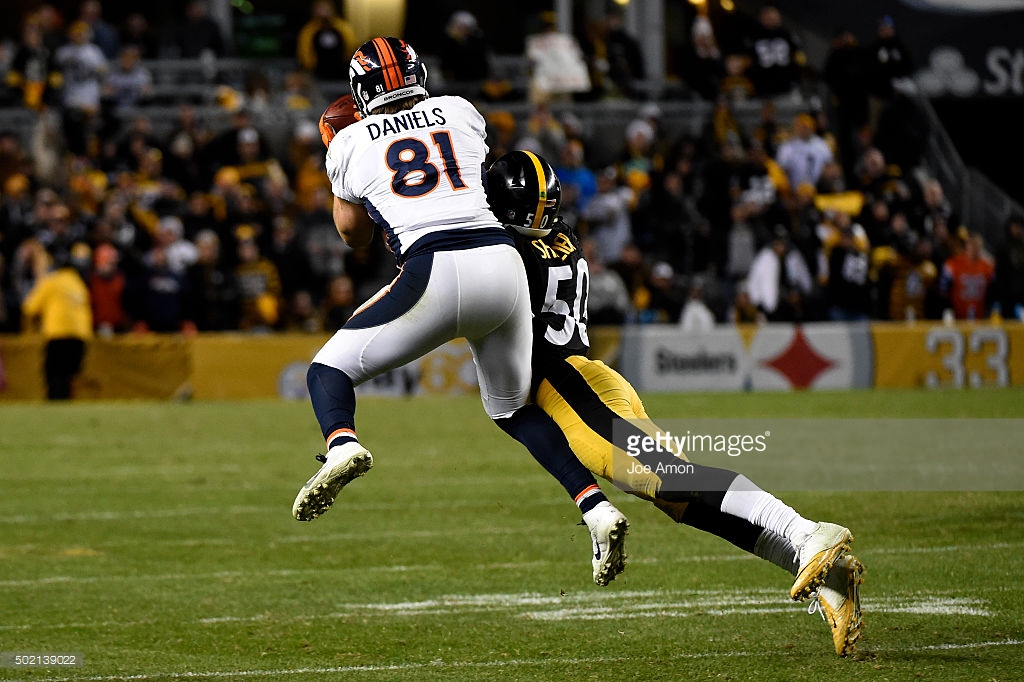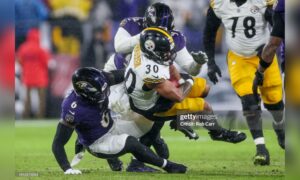The regular season is here, and the Pittsburgh Steelers are taking their practices at the UPMC Rooney Sports Complex, formerly known and still referred to as the ‘South Side’ facility of Heinz Field. While the real work is now upon us, there is plenty left to be done.
And there are plenty of questions left unanswered as well. The offseason is just really the beginning phase of the answer-seeking process, which is lasts all the way through the Super Bowl for teams fortunate enough to reach that far.
You can rest assured that we have the questions, and we will be monitoring the developments in the regular season and beyond looking for the answers as we look to evaluate the makeup of the Steelers as they wade through a regular season in which they are, at least supposed to be, among the favorites to win the Super Bowl.
Question: Game Edition – How will the Steelers handle covering Washington tight end Jordan Reed?
There is an impression about the Steelers’ defense in recent years that they have an inordinate amount of difficulty in covering tight ends—although in truth much of this is a league-wide trend in the proliferation of tight ends as pass catchers who are putting up wide-receiver-like numbers.
But the Steelers start the season off with a tall task, as they are going to be asked to contend with fourth-year tight end Jordan Reed, a 6’2”, 246-pound Florida product who exploded last season in terms of production. In only 14 games, Reed caught 87 receptions for 952 yards and 11 touchdowns.
Last season, the Steelers gave up 83 receptions to tight ends on 138 targets, a completion percentage of just over 60 percent. Those 83 receptions produced 857 total yards, yielding 6.2 yards per pass attempt, and eight of those receptions were touchdowns, and 50 of them produced a first down.
As a whole, the defense gave up 402 receptions on 617 pass attempts for a completion percentage of 65.2, yielding 4661 yards and 29 touchdowns, so proportionally, the tight ends did contribute a large bulk of the damage through the air.
Lawrence Timmons has for long been the go-to option to cover the tight end, but that seems to be changing, with Ryan Shazier becoming the favored linebacker to drop into coverage, at least based on some late-season evidence.
Given the continued expansion of the use of sub-packages, we might also expect more safeties lining up on tight ends. This is where Sean Davis as the nickel back comes in handy, because he is athletic enough to cover wide receivers, but also has the size to cover tight ends.
As evidenced last season, however, when he is on the field, Robert Golden spends a lot of his time covering the tight end, and I would expect that to continue in a mixture of coverages. Whoever is covering the tight end on a given play, however, they must do better on a per-play basis than they have in the past few years.








